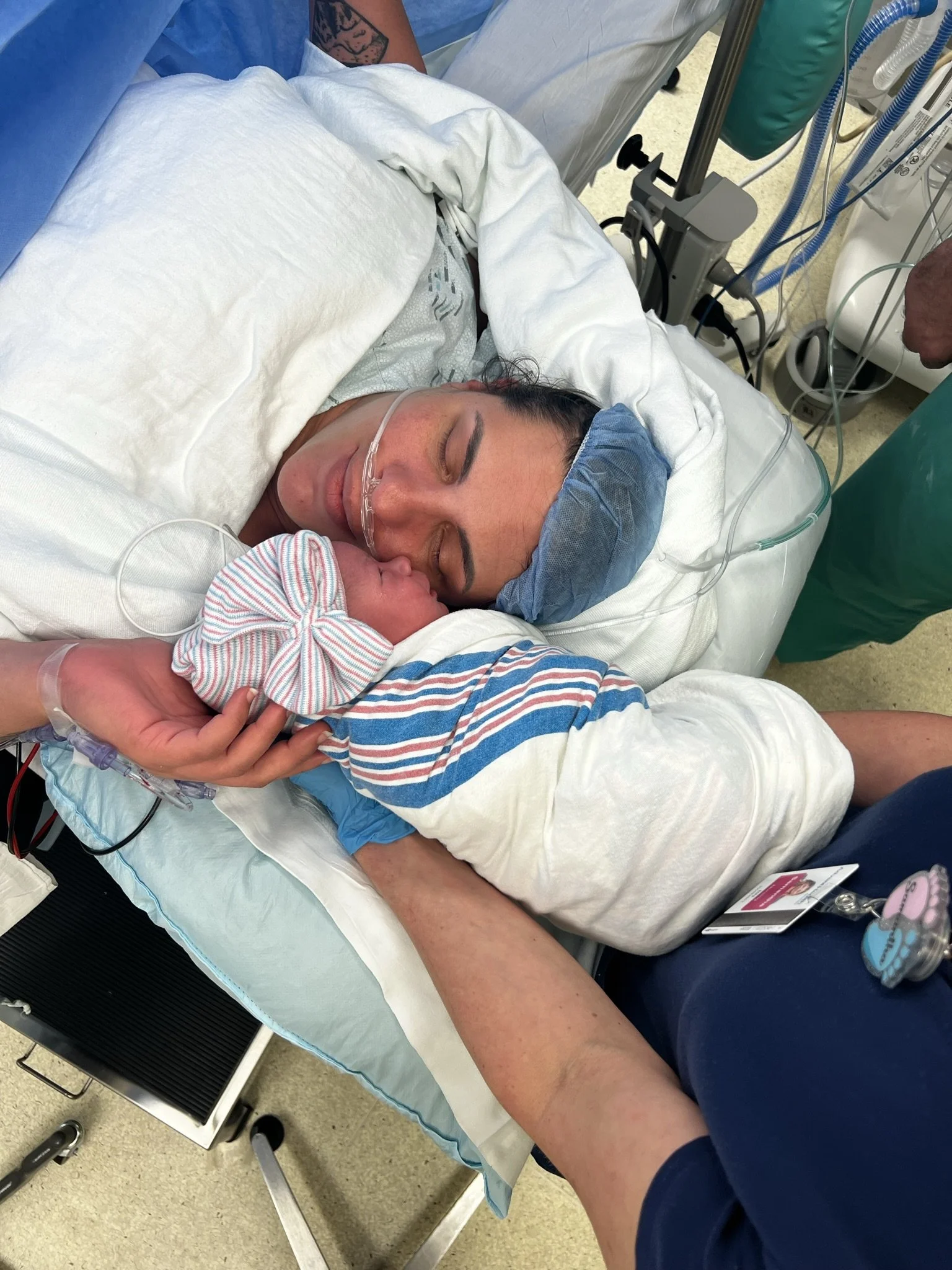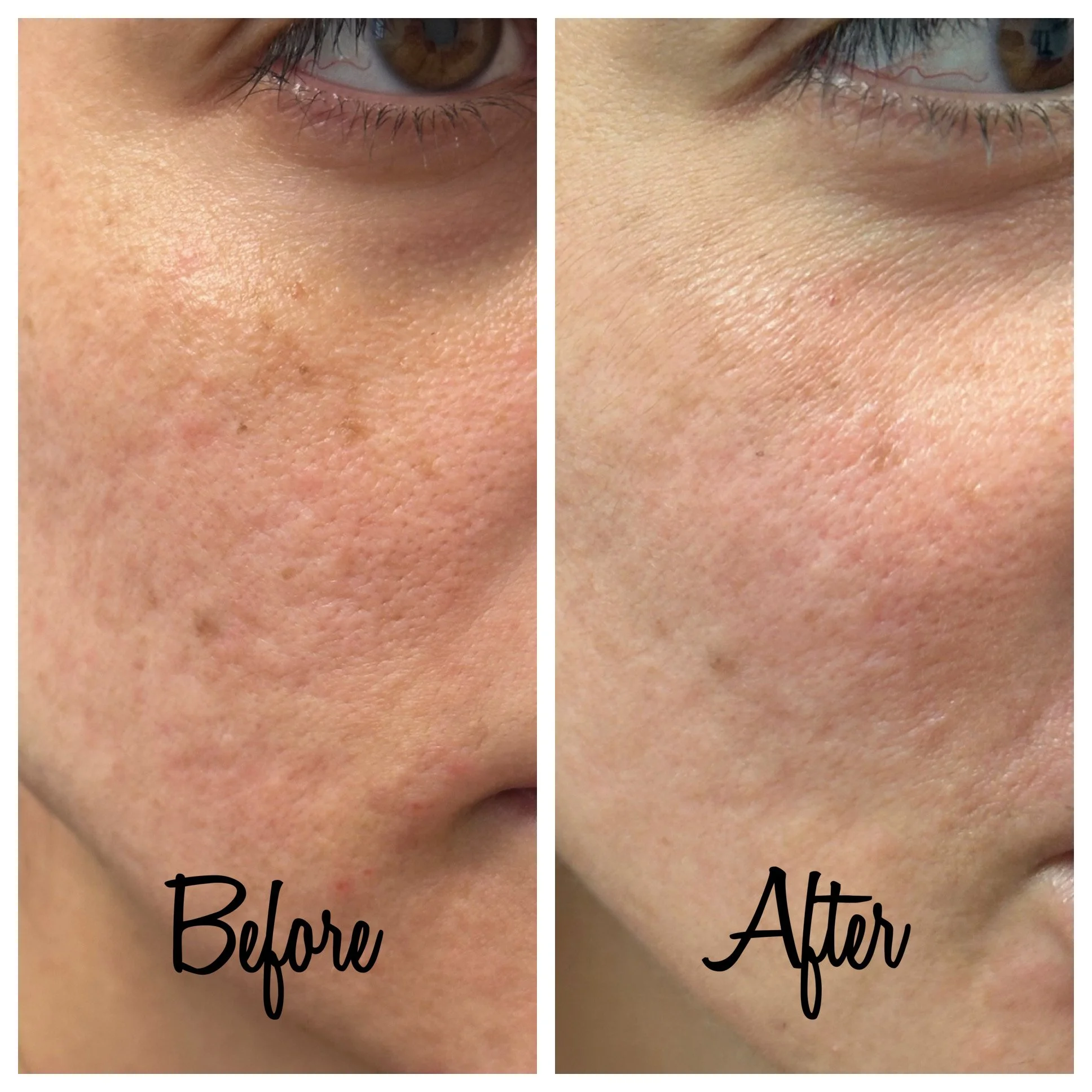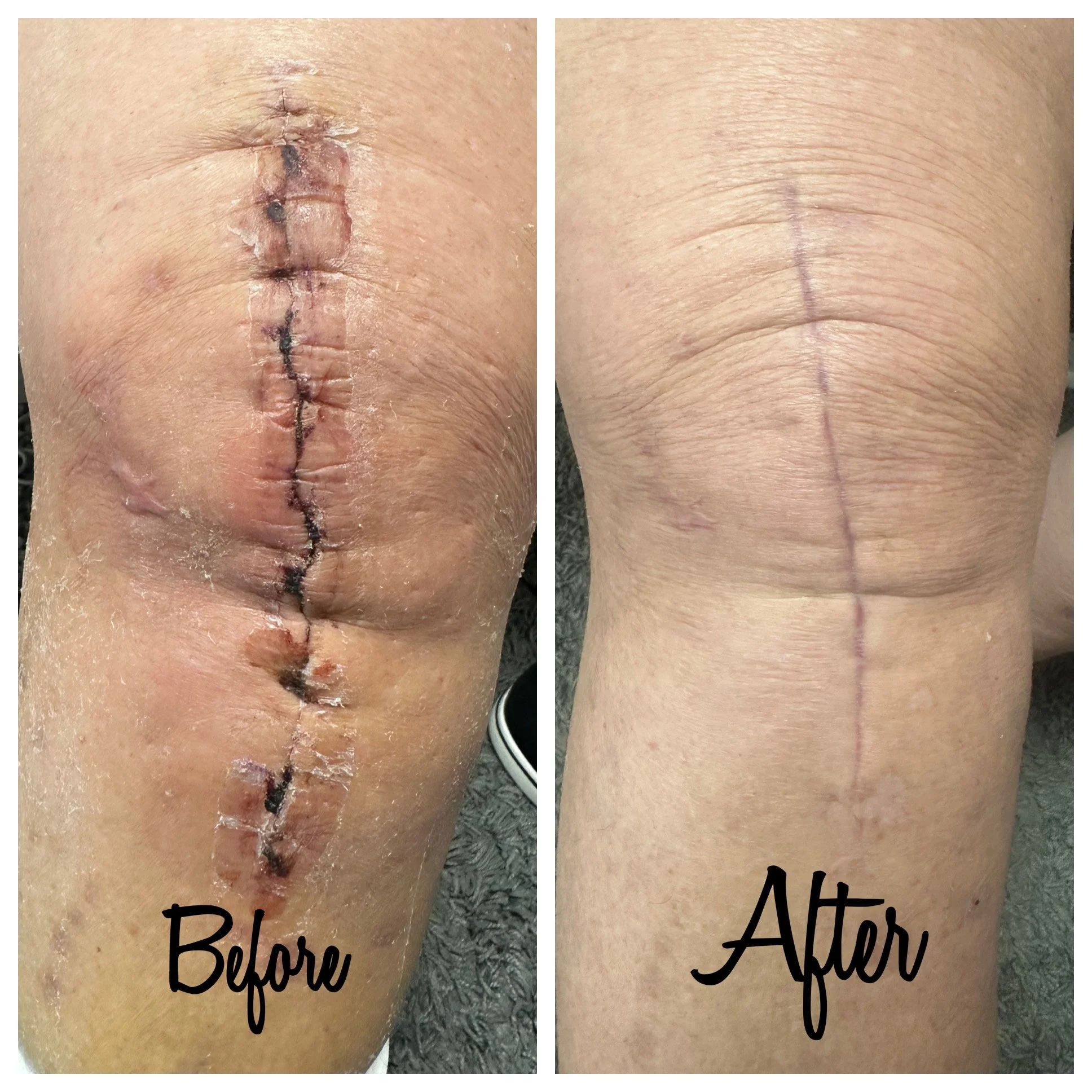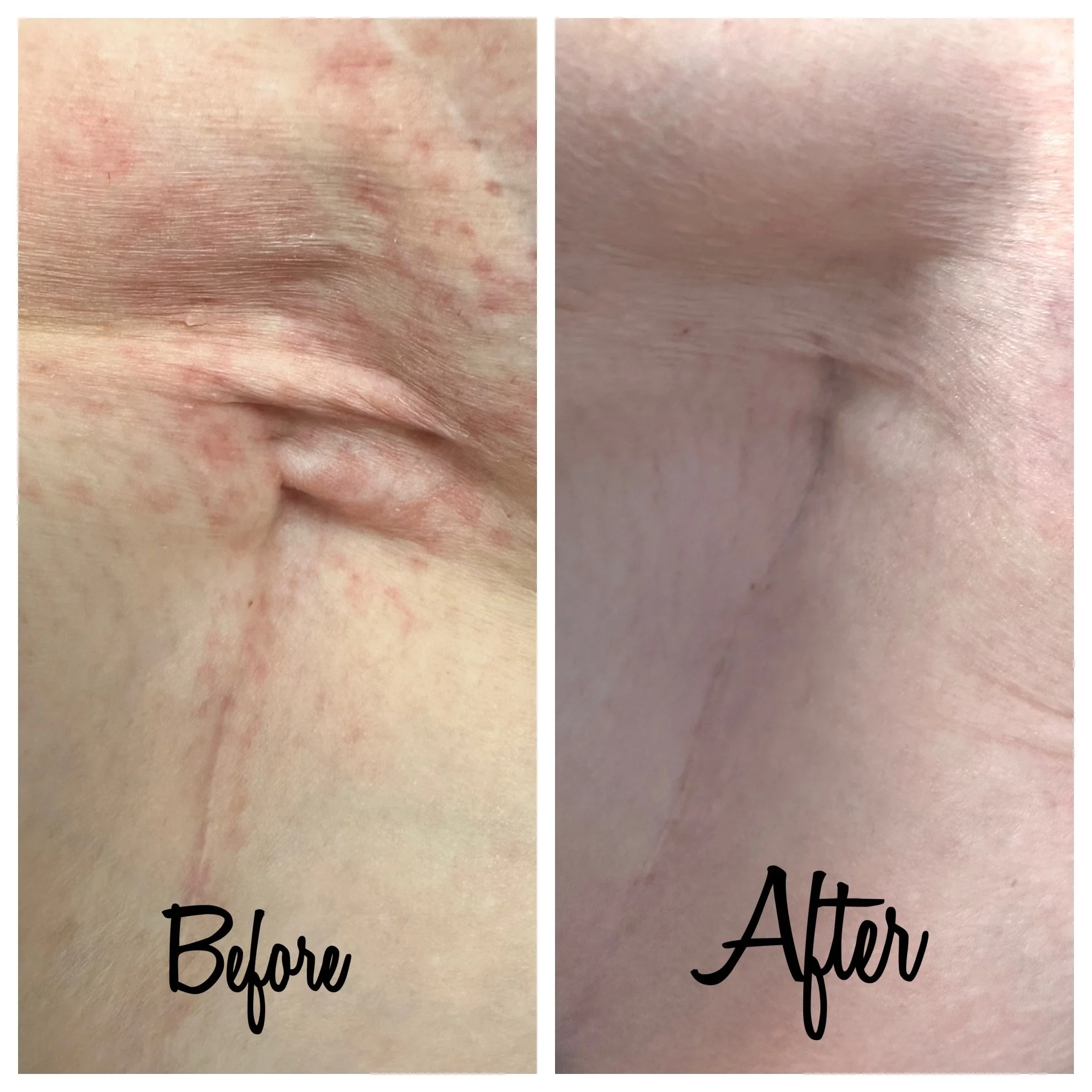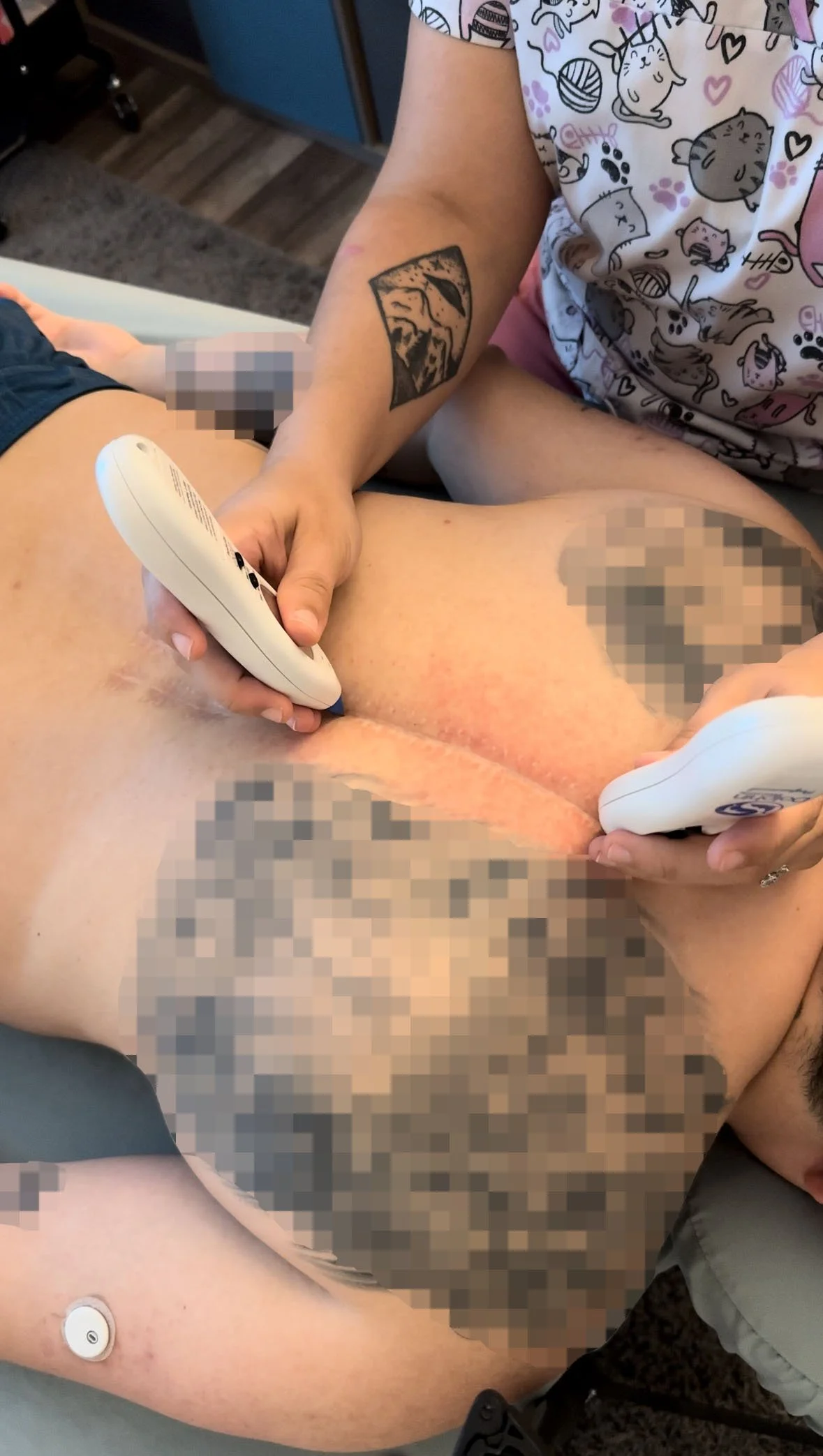
Scar Therapy + Post-Surgical Lymphatic Drainage in Orlando
Specialized care for scars, swelling, and the lingering effects of surgery.
Whether you’re healing from a recent procedure or living with an old scar, your body doesn’t have to feel stuck, tight, or disconnected.
Book Your First Session
You’re not imagining it. There’s more to healing than time.
Scars and post-op swelling can leave behind more than a mark. Pulling, numbness, tingling, fluid buildup, or that “off” feeling - it’s all real. Even months or years after surgery, your body may still be asking for care.
The good news? Relief is possible, and your healing isn’t over.
Scars + Recovery I Support
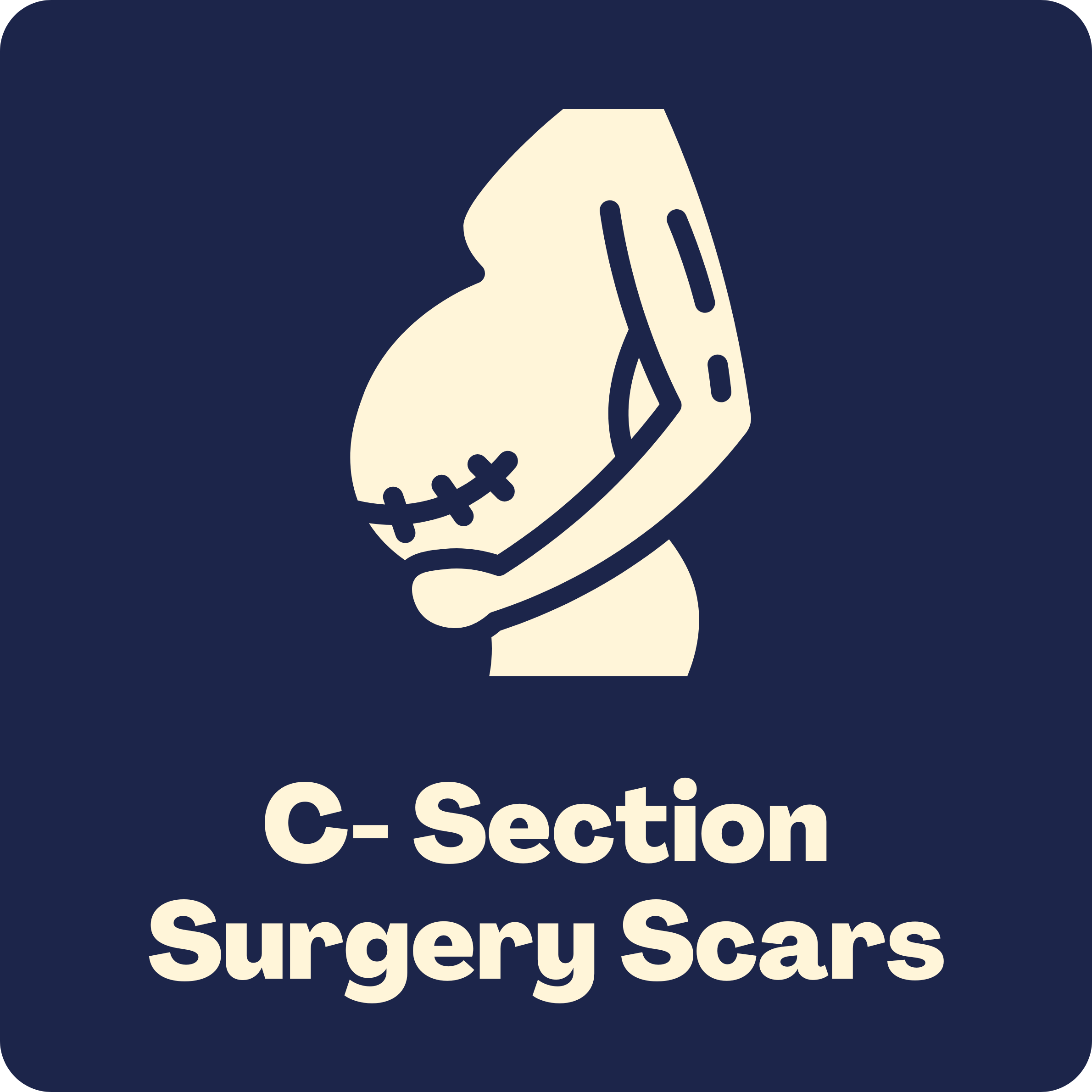
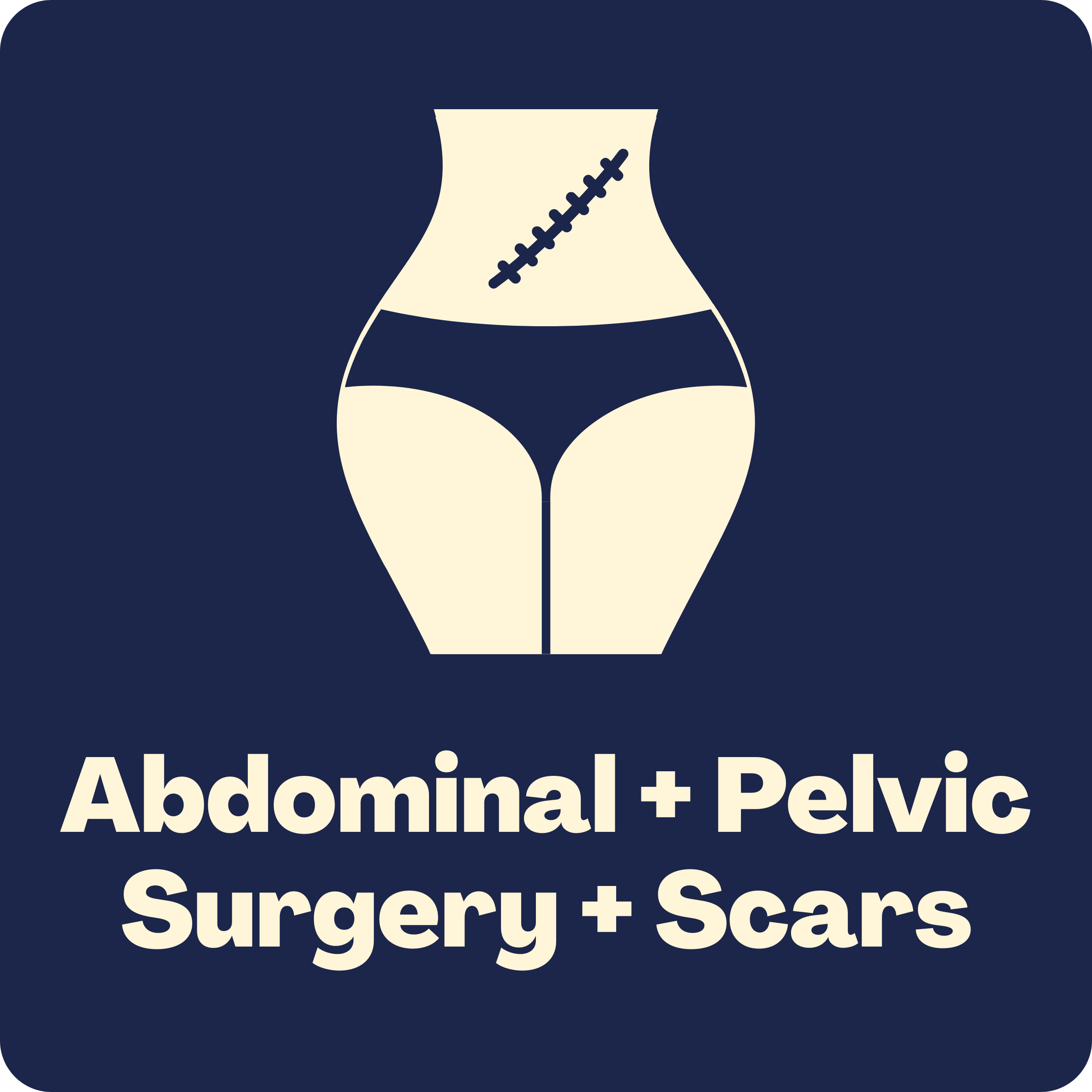
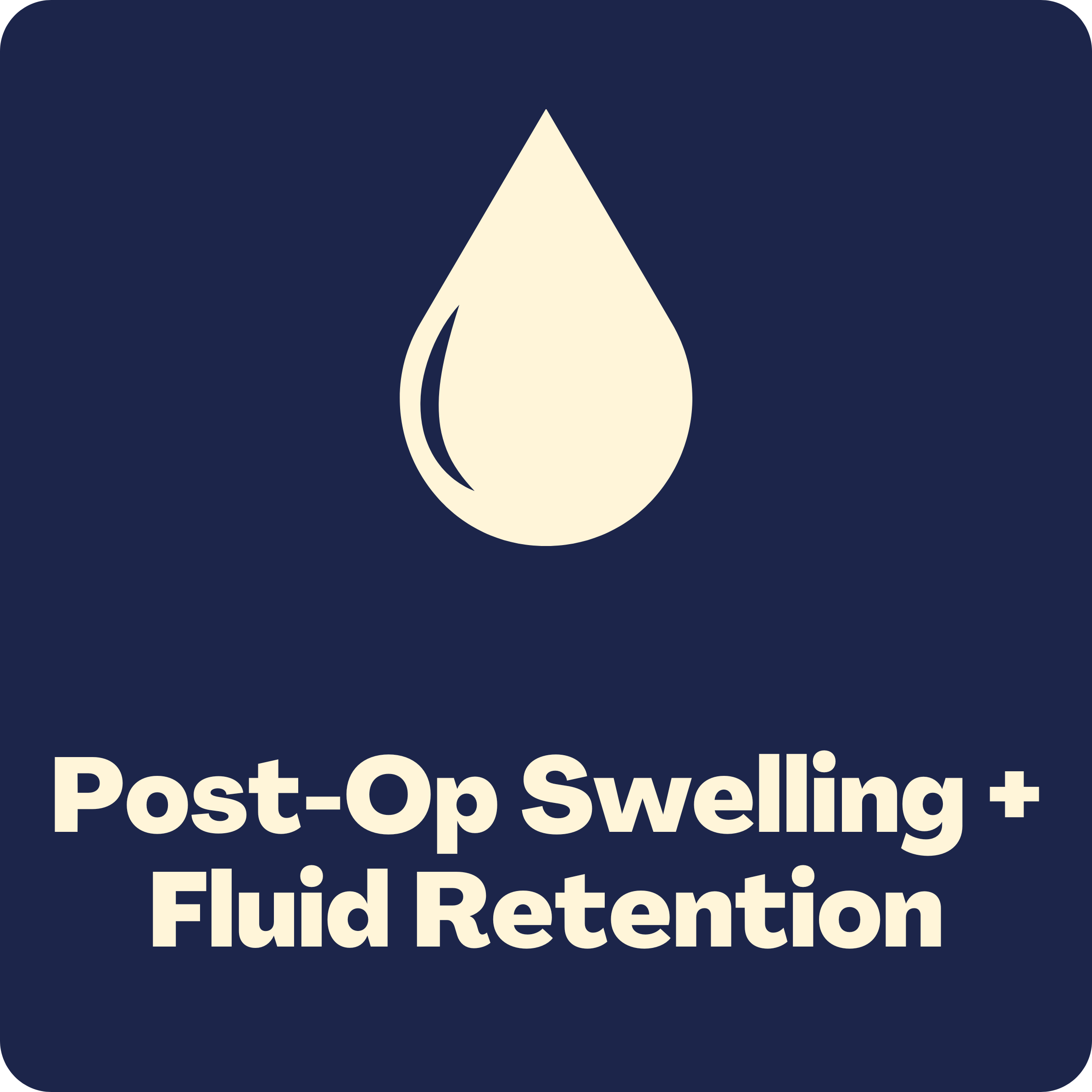
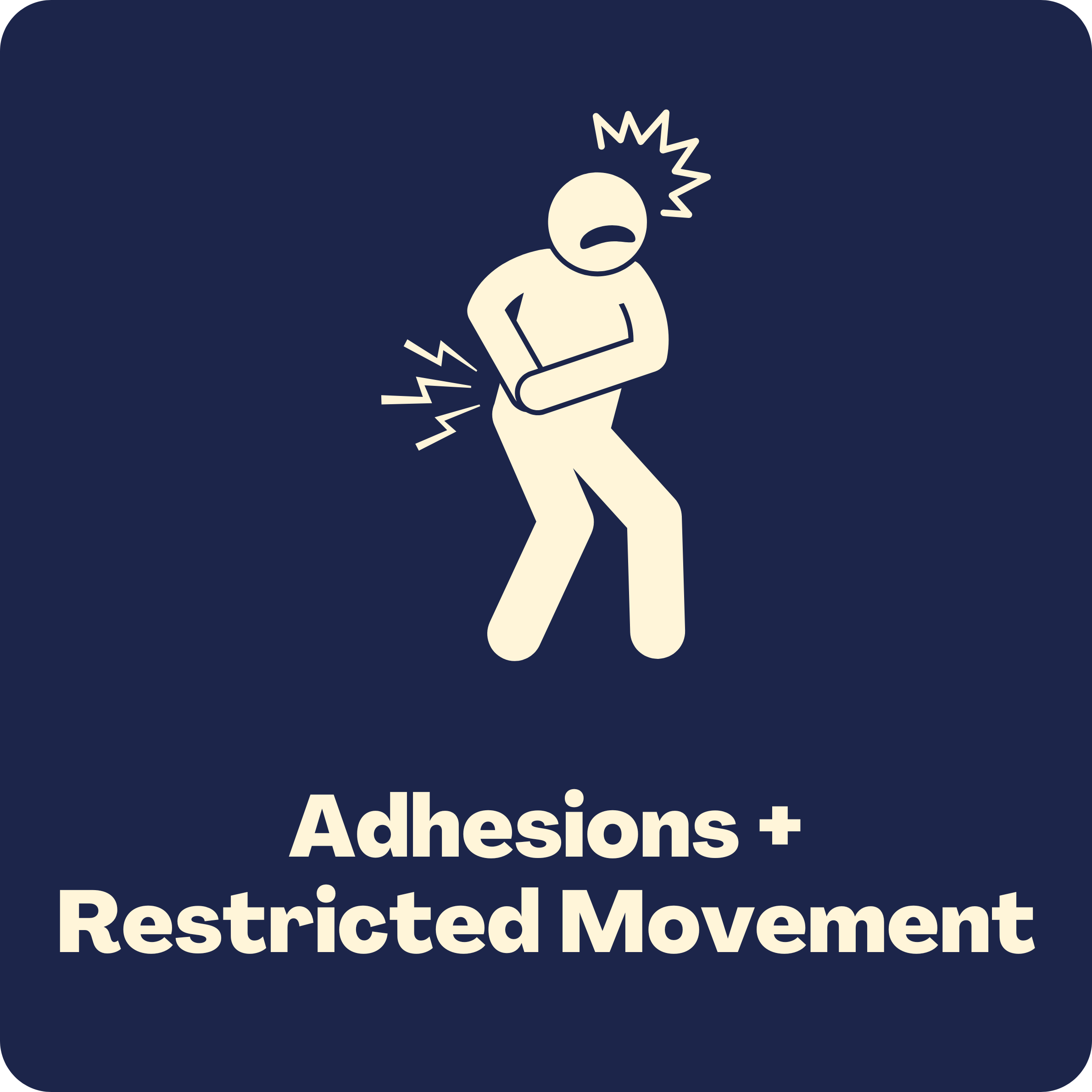
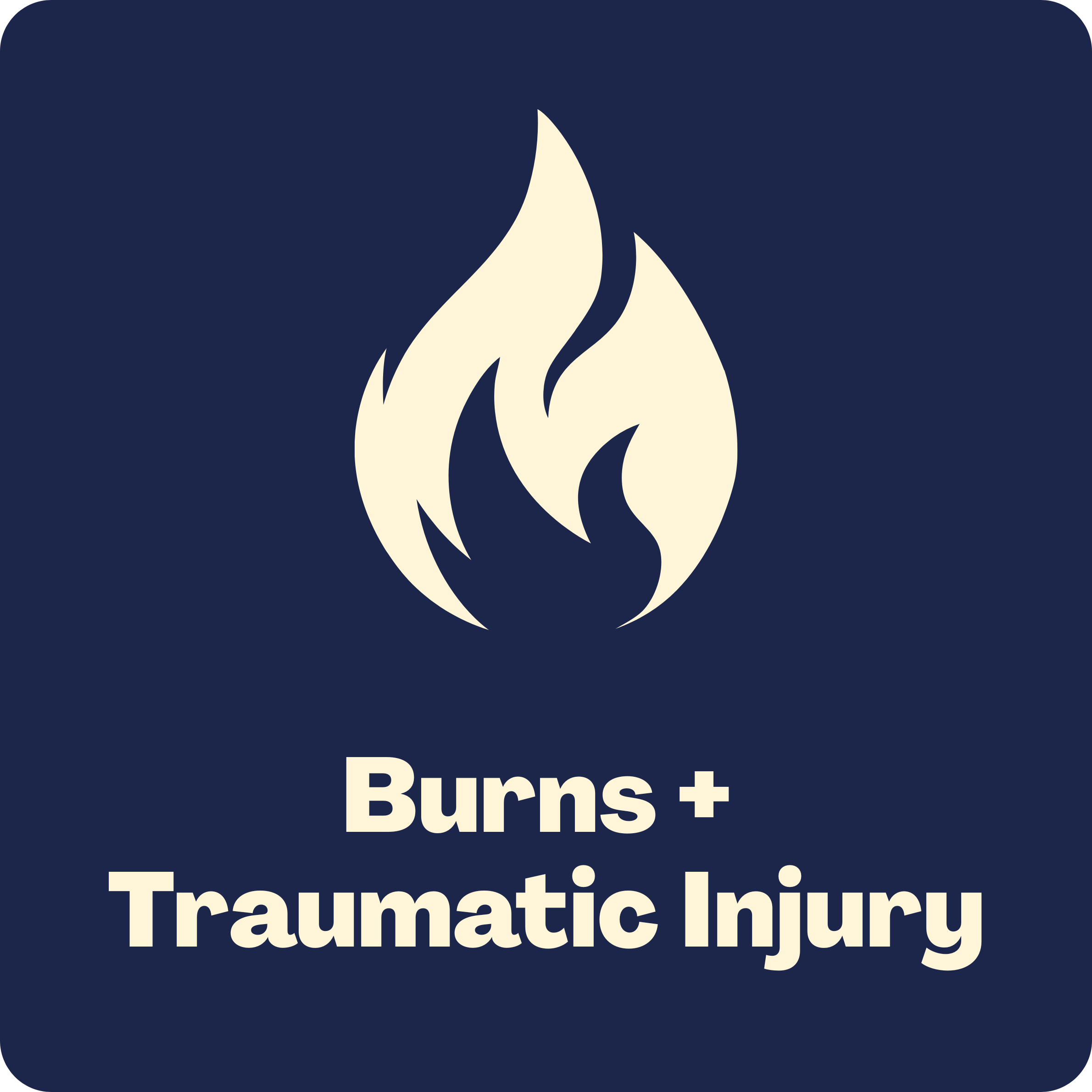
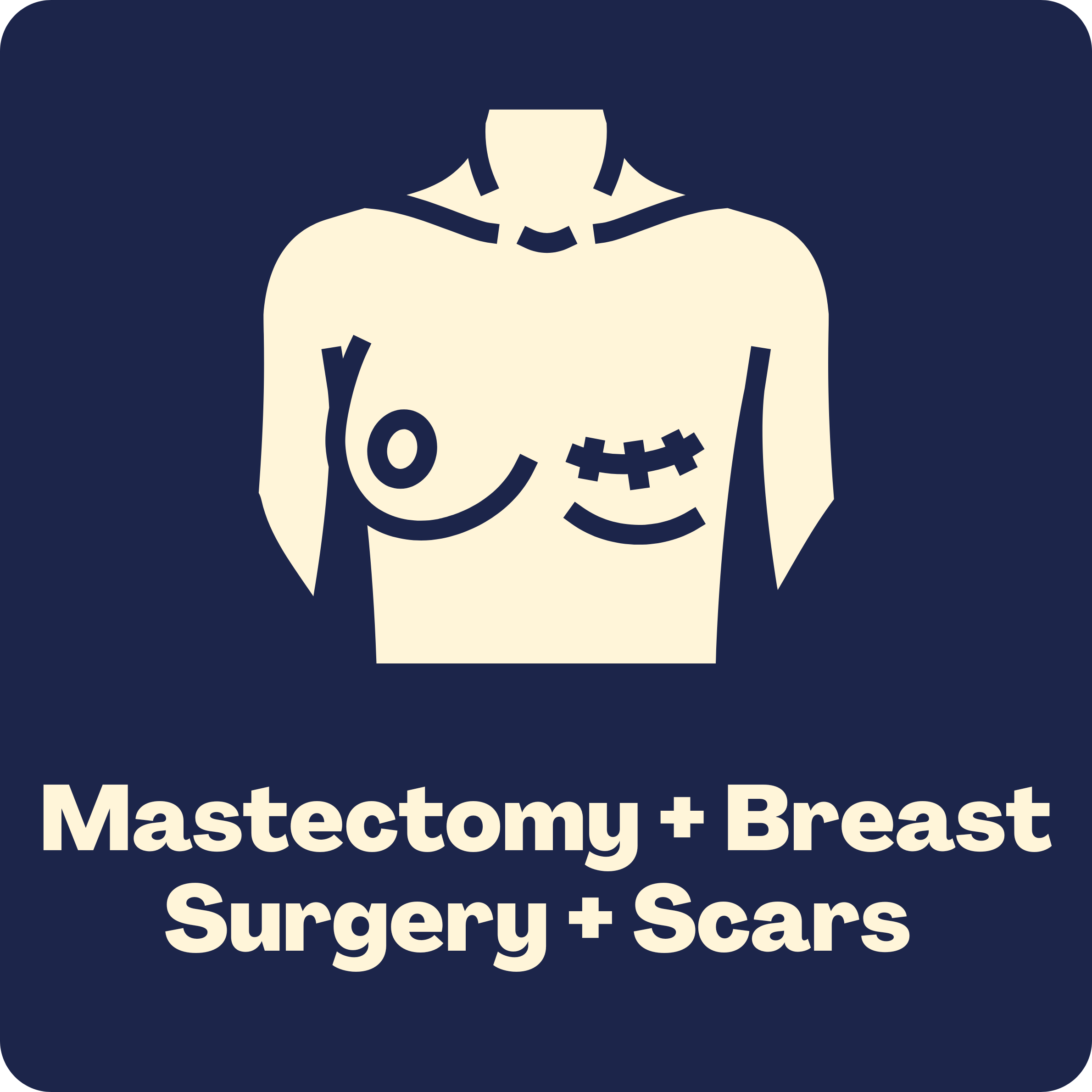
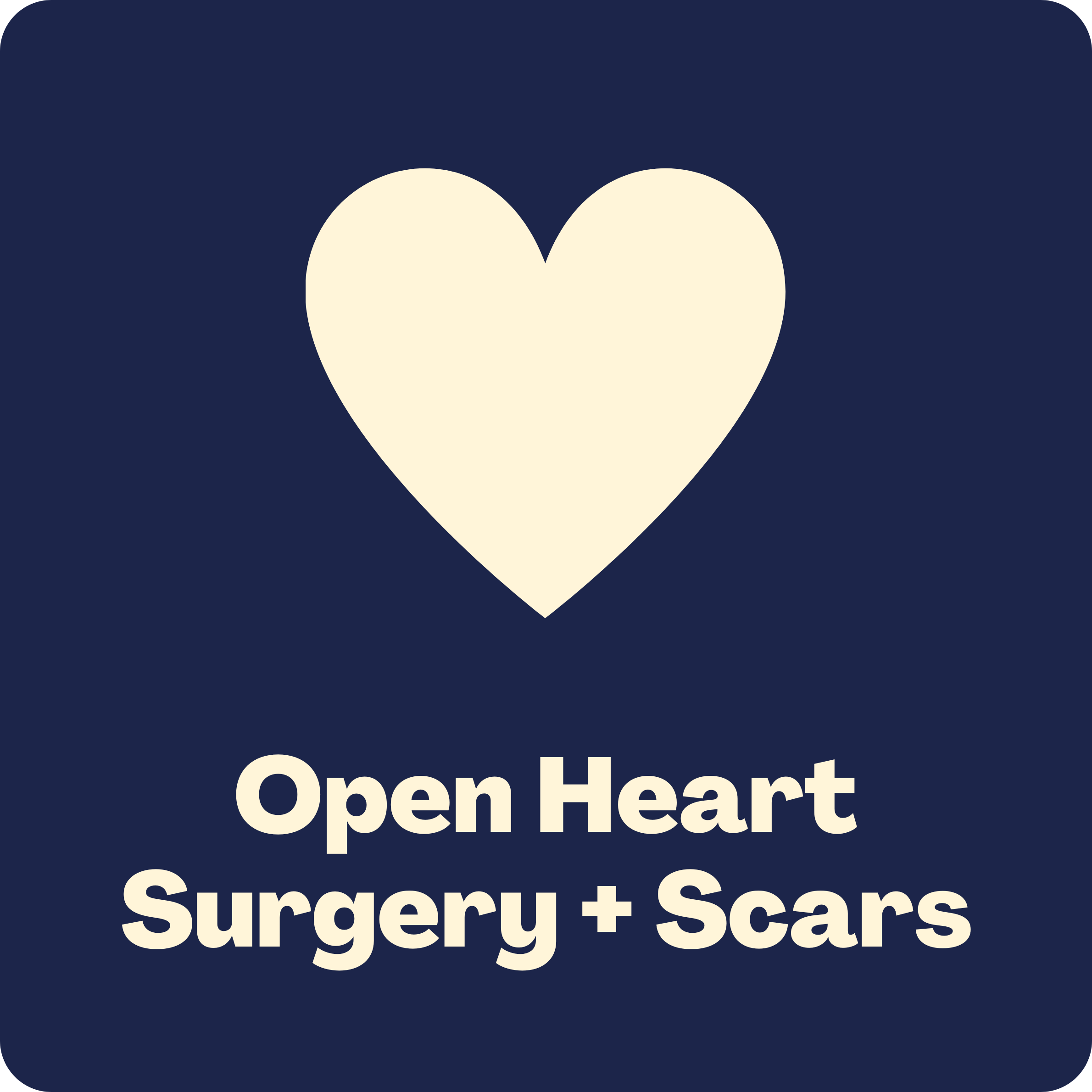
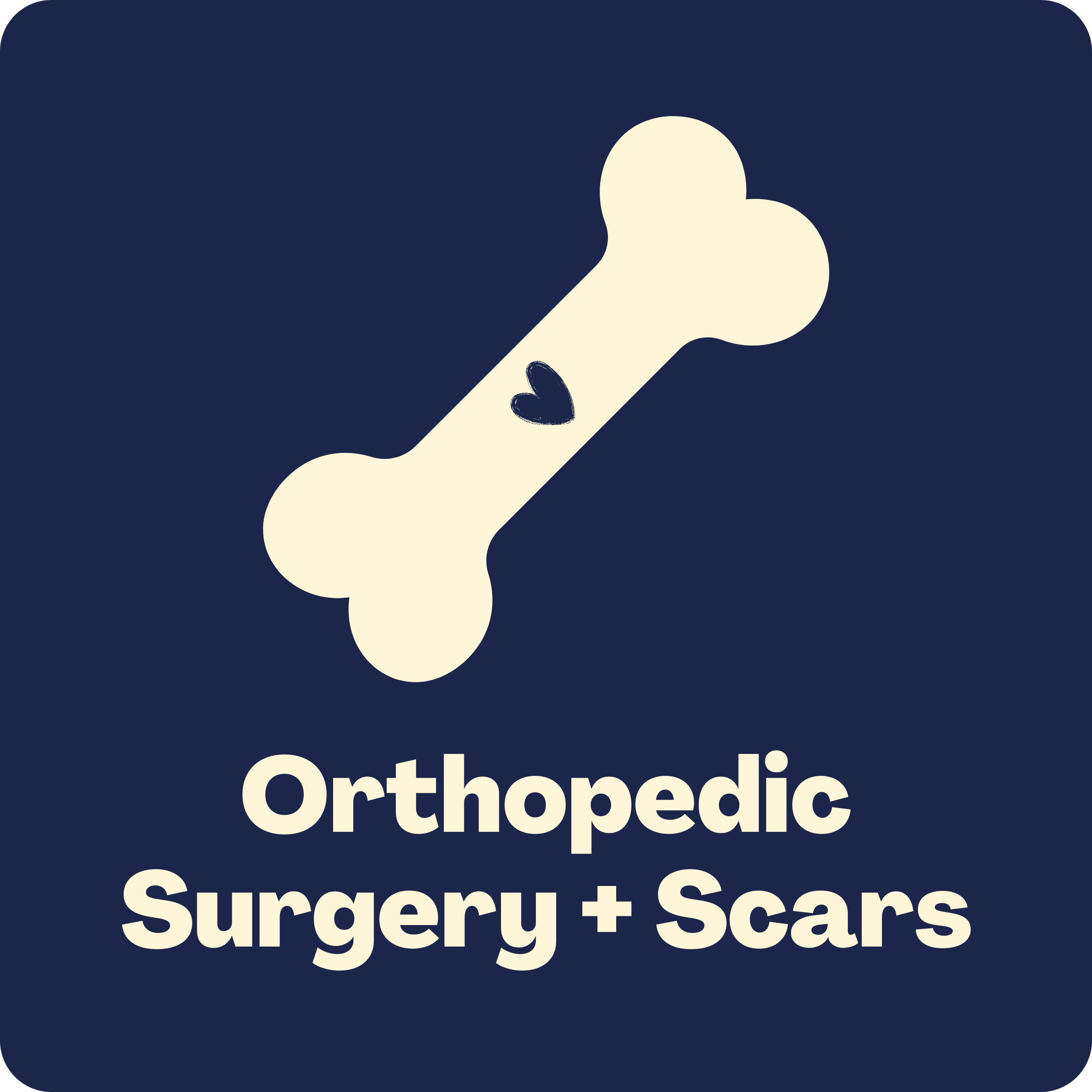
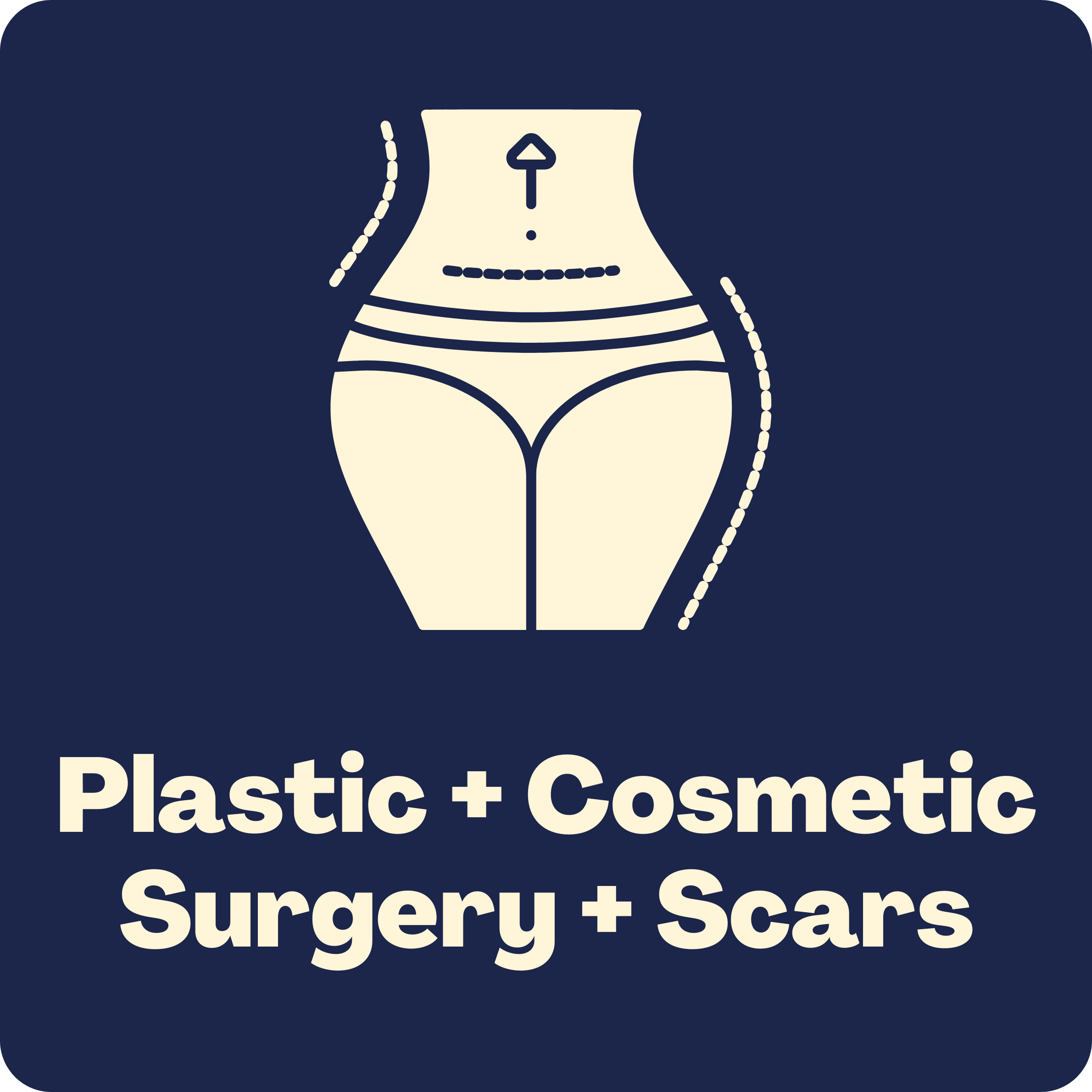
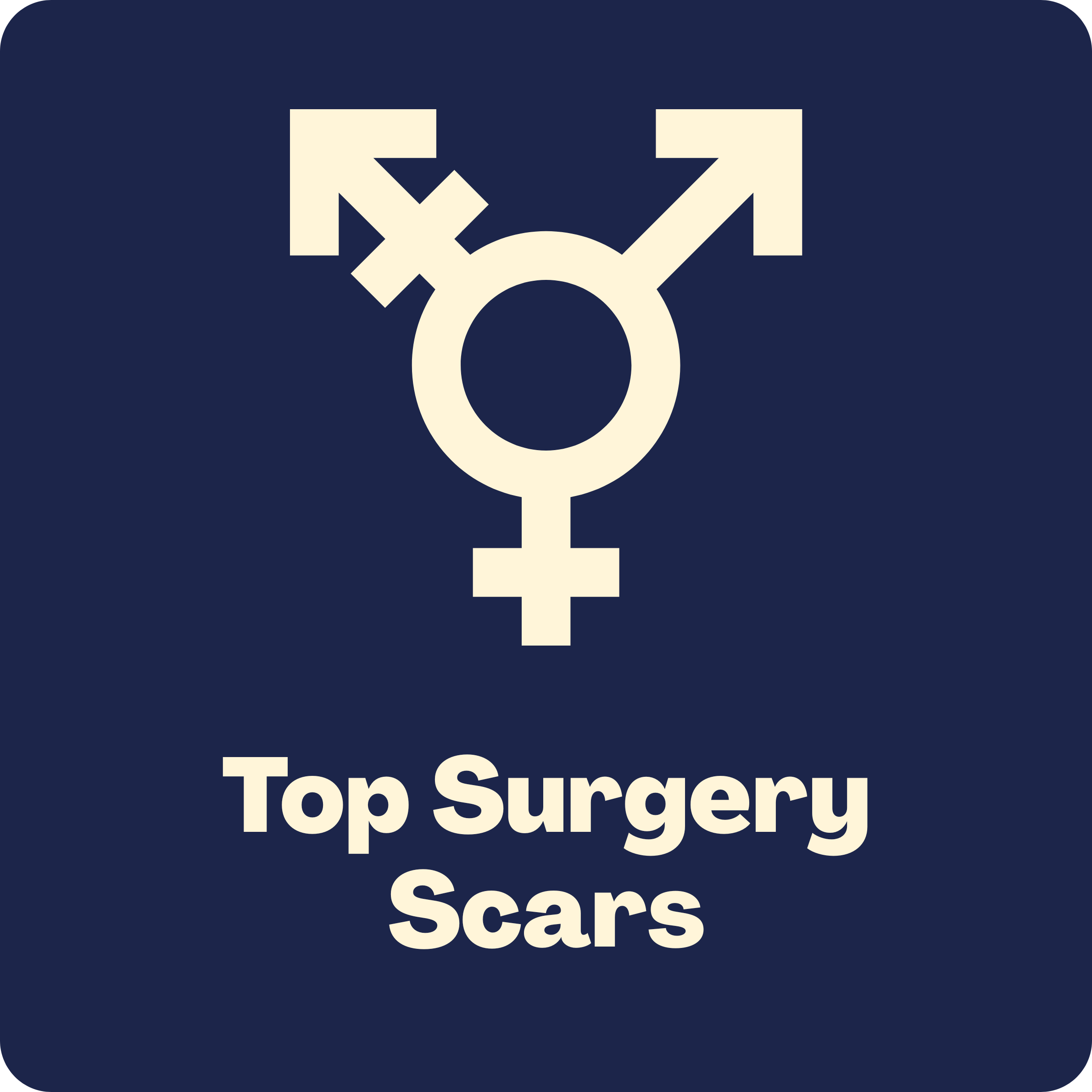
Every procedure and scar has a story. Each and every one deserves gentle, effective support. Whether your procedure is fresh or was decades ago, this work can help your body soften, reconnect, and move more freely.
Is Your Scar or Recovery Holding You Back?
Some scars speak loudly, pulling or aching with every move. Others are quieter but leave you feeling numb, restricted, or disconnected from your body.
For many post-op clients, the biggest hurdle isn’t the scar itself. It’s the swelling, pressure, or fluid buildup that makes your body feel heavy and slows down recovery.
Scar Therapy and Manual Lymphatic Drainage don’t just bring relief. They help your body heal faster and feel lighter, so you can move and live more comfortably.
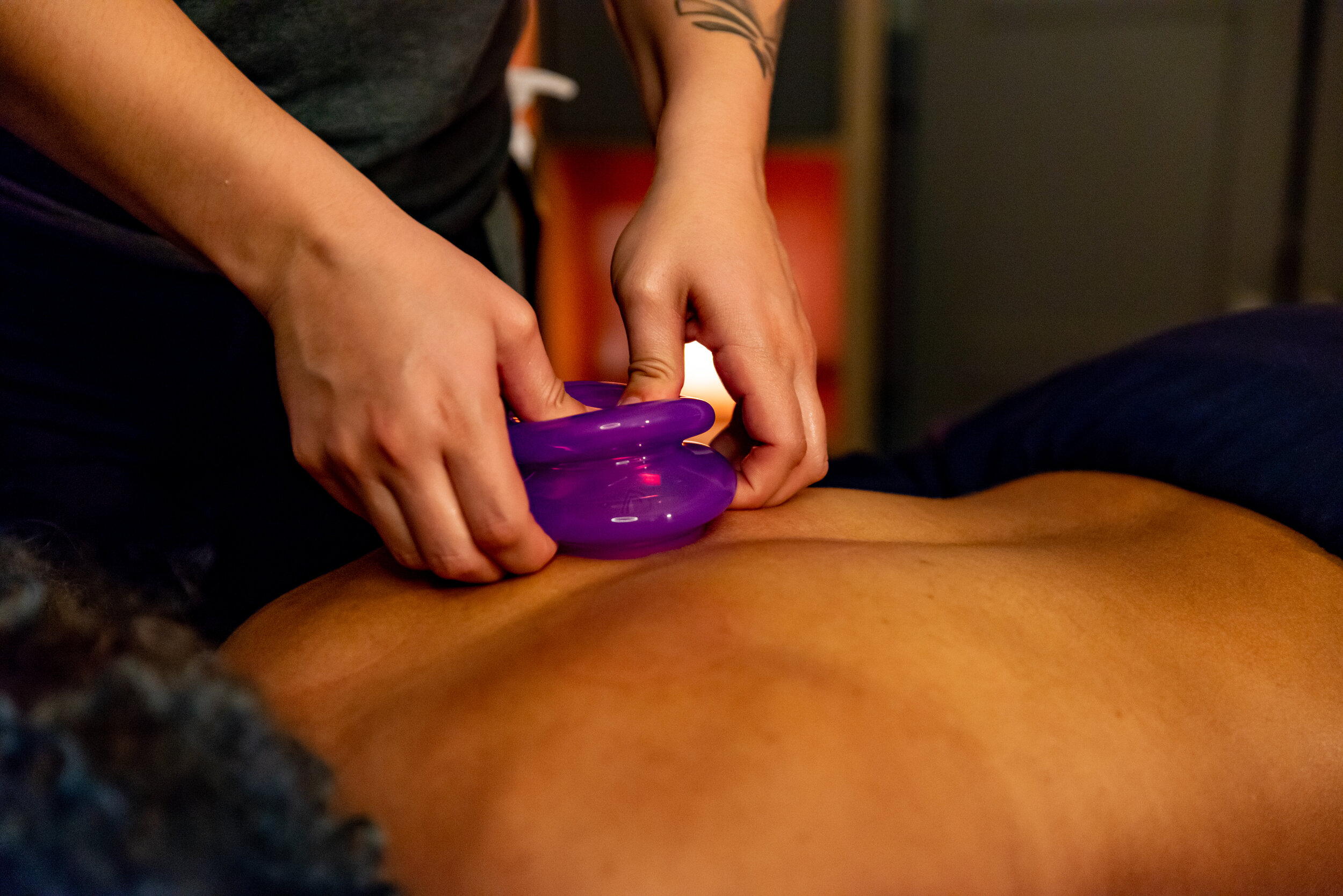
“My surgeon and physical therapist were amazed at how far ahead I was [in healing]. Others who had surgery before me were still struggling. Whitney helped reduce my swelling and sped up my recovery. I can’t say enough about how much she helped me.”
-Lynda T.
Bicep Tendon + Rotator Cuff Repair
How I Help
Every body heals differently. Some people need focused scar release to ease pain and improve mobility. Others need gentle manual lymphatic drainage (MLD) to reduce swelling and help their body recover after surgery.
Most need a little of both, which is why every session is customized to meet you where you are in your healing process.
These sessions are not about chasing quick fixes. They are about softening what feels stuck, calming your nervous system, and helping your body feel more at ease.
Whether your scar is fresh or decades old, or you are still navigating the early days of post-op recovery, we will create a session that supports your body’s healing in a way that feels safe and effective.
What to expect from your first session
We’ll start with a thorough consult so I can understand your goals, your procedure or scar history, and how your body is feeling.
This gives us time to build trust and create a comfortable space, whether you’re here for scar release, lymphatic drainage, or a blend of both.
From there, we’ll move into hands-on treatment on a fully adjustable massage table. Whether you are freshly post-op or years into healing, we’ll work at a pace and pressure your body can handle.
Session length depends on your needs, but most new client sessions are 60 to 90 minutes. You will always be draped and positioned comfortably, with the table adjusted to support your healing.
Most people leave feeling lighter, more mobile, and more at ease, whether that means less swelling, less restriction, or both. That sense of relief often continues to improve over the next 48 hours.
-
How soon after surgery can I start treatment?
You can begin sessions as early as 24 to 48 hours after surgery for lymphatic drainage and scar therapy.In these early stages, we will not work directly on the incision. Instead, we focus on reducing swelling and supporting gentle healing.
Once your incision is fully closed and bandages are removed (usually around 6 weeks), we can also work directly on the scar tissue itself.Do I need a referral from my doctor?
No. You do not need a referral, diagnosis, or a specific type of scar to book. If your body feels tight, swollen, painful, or “not right,” we can work together.How long is a session?
Session length depends on your healing stage and goals.
Most appointments are 60 to 90 minutes. For larger areas (like tummy tucks, mastectomies, or multiple scars), a two-hour session may be recommended.How many sessions will I need?
It varies. Some clients feel the changes they need after one or two sessions. Others choose to work together for several weeks or months if the tissue or swelling is more complex. There is no “right” number — we will reassess together as we go.What should I wear to my session?
For scar work alone, wear clothing that makes the area easy to access.
For lymphatic drainage, you’ll likely need to undress so enough for me to access large areas surrounding the surgery site. You will always be draped appropriately and kept comfortable, with your privacy respected at every step.What does it mean that this is a safe space?
It means you will be met with care, respect, and consent from the moment you arrive. I will never ask intrusive questions, make assumptions about your identity, or expect you to share anything you are not ready to. Whether your scar or recovery holds physical pain, emotional weight, or both, you are welcome here exactly as you are.
How to Get Started
-
Post-Surgical Lymphatic Drainage
Choose this path if your main concern is post-op swelling, fluid retention, or tenderness, especially after liposuction, tummy tuck, or BBL. These sessions use gentle, rhythmic techniques to reduce inflammation, move fluid, and help prevent fibrosis, so recovery feels smoother and lighter.
If your scar needs some work, we can include a little scar therapy, but most of your session will focus on lymphatic drainage.
-
Scar Release Treatment
Choose this path if your main concern is pain, pulling, numbness, or restriction around a new or old scar. These sessions focus on softening adhesions, calming nerve sensitivity, and restoring comfort and mobility.
If you are still dealing with some post-op swelling, we can include a small amount of lymphatic drainage, but most of your session will center on scar release.

“My scars look so much better, and my squats at the gym are much improved without the pulling sensation I previously felt. I’ve seen and felt real improvement in a matter of weeks. A wonderful experience.”
-Susan B.
Double Knee Replacement
Why This Work Matters To Me
I know what it's like to live with a scar that still doesn’t feel quite right. Mine is from a C-section, and years later, it still feels numb in some places and overly sensitive in others. But it’s not just physical. It never really was. There are days when I touch my scar and feel a rush of anxiety. Other times, it brings up something deeper like grief I didn’t know was still there, or anger I thought I had already moved through.
That disconnection is what brought me to this work. Not because I had all the answers, but because I knew what it felt like to not be fully at home in my own body.
Scar therapy is not just something I do. It’s something I return to again and again with compassion, curiosity, and care. And I offer it to others with the same hope I had for myself:
That healing is still possible. And that you don’t have to do it alone.
Real Results From Real People
Acne Scarring + Dimpling
Scar Release
Knee Replacement
Scar Release + MLD
Lymph Node Removal
Scar Release
You’ve waited long enough. It’s still hurting for a reason.
If your scar is still asking for care, you don’t have to wait. Book your first session below.


